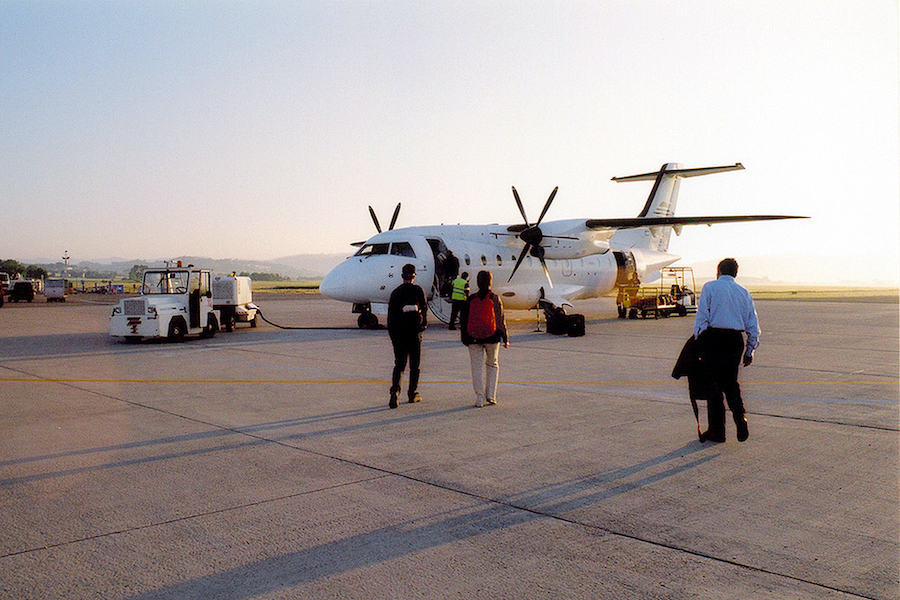The European Union Aviation Safety Agency (EASA) has certified Madrid-based ESSP (European Satellite Services Provider) as a pan-European Communication Services Provider for Iris data link services.
Iris is a European Space Agency (ESA) project backed by a number of high-profile European partners, developing a new satellite-based, air-ground communication system for air traffic management. Aimed at making aviation safer, greener and more efficient, it is essentially a data link service (DLS) satellite system, based on existing Inmarsat infrastructure. By 2028, Iris will enable full, 4D trajectory management over airspace across the globe. The data link will be the primary means of communication between controllers and cockpit crews.
Certification of ESSP as an Iris data link services provider comes after more than a year of testing and audits at ESSP and Inmarsat premises, establishing compliance with the applicable regulation and associated industrial standards for data link services.
A Service Definition Document (SDD) has been prepared by ESSP describing the intended Iris communication services, including target performance requirements, limitations and conditions of usage and service liability. The new ESSP certification comes just weeks after Viasat/Inmarsat and ESSP signed a long-term contract that will see ESSP acting as the Service Provider for Iris data link services, powered by Viasat’s SwiftBroadband Safety (SB-S) connectivity.
ESSP is the EGNOS service provider
ESSP is of course already under long-term contract with the European Agency for the Space Program (EUSPA), acting as service provider for the EGNOS Open Service and Safety of Life Service (SoL), a role that includes carrying out EGNOS operations and part of EGNOS maintenance. That contract also includes terms for further expanding EGNOS service provision into new sectors and new geographical areas.
Iris will enter full commercial and operational service in Europe in 2024 with airlines including easyJet and ITA Airways, supporting the Single European Sky’s ATM Research (SESAR) master plan. ESSP will also lead Iris service commercialization, targeting European Air Navigation Service Providers (ANSP’s). The ESSP service provision consortium includes ESSP SAS, Inmarsat and SITA. The addition of other communication network providers (CNPs) such as NewPENS and Collins Aerospace is expected in the coming months.
From Iris to IRIS2
IRIS2 (‘IRIS Squared’ – ‘Infrastructure for resilience, interconnectivity and security by satellite’) is the EU’s newest space-based infrastructure project. Being mounted in record time, it will offer enhanced communication capacities to governmental users and businesses, and deliver high-speed internet broadband in connectivity dead zones. Initial services are scheduled for launch as early as 2024, with full operational capability by 2027.
According to multiple EU sources, the IRIS2 satellite constellation, while focused on telecommunications, will likely also provide contributions to an emerging coordinated PNT infrastructure. There will be space on IRIS2 satellites for secondary payloads and a decision is expected soon as to whether that will include a PNT payload.
Speaking earlier this year (2023), Javier Benedicto, ESA Director of Navigation said, “IRIS2, Galileo and EGNOS all have to be connected, because, at the end of the day, we want to reach the smartphone, we want to reach the airplane cockpit, the dashboard of the autonomous vehicle, and this requires a combination of sensors and techniques for both communication and navigation. This will require the use of optical technologies, quantum communication, quantum encryption, and with all of this, I am sure that Europe will remain at the forefront of resilient PNT.”






